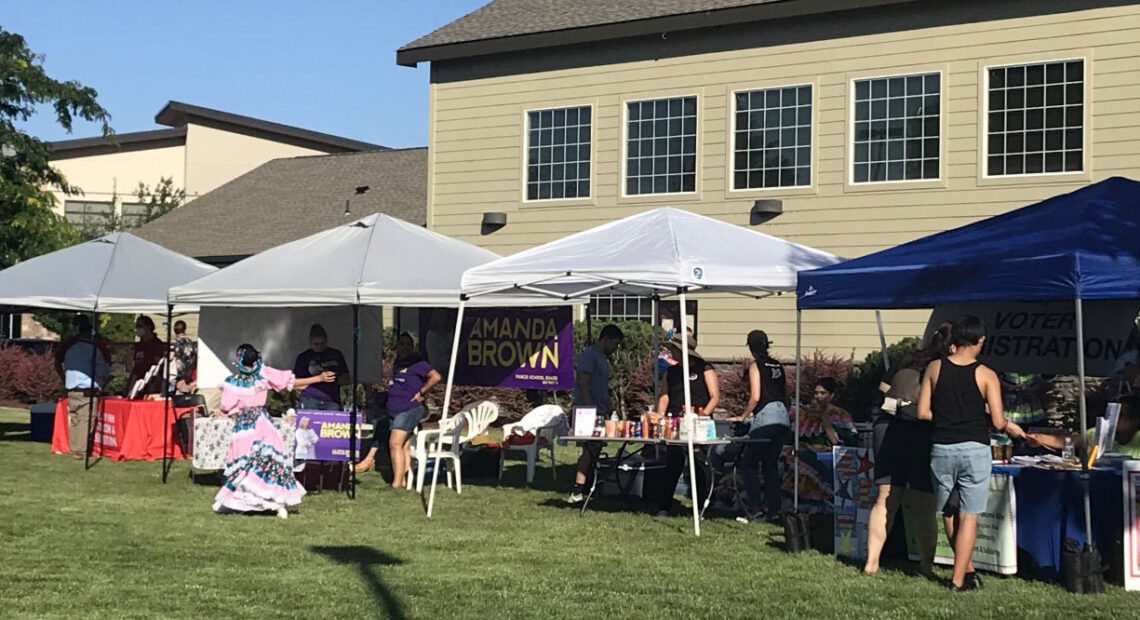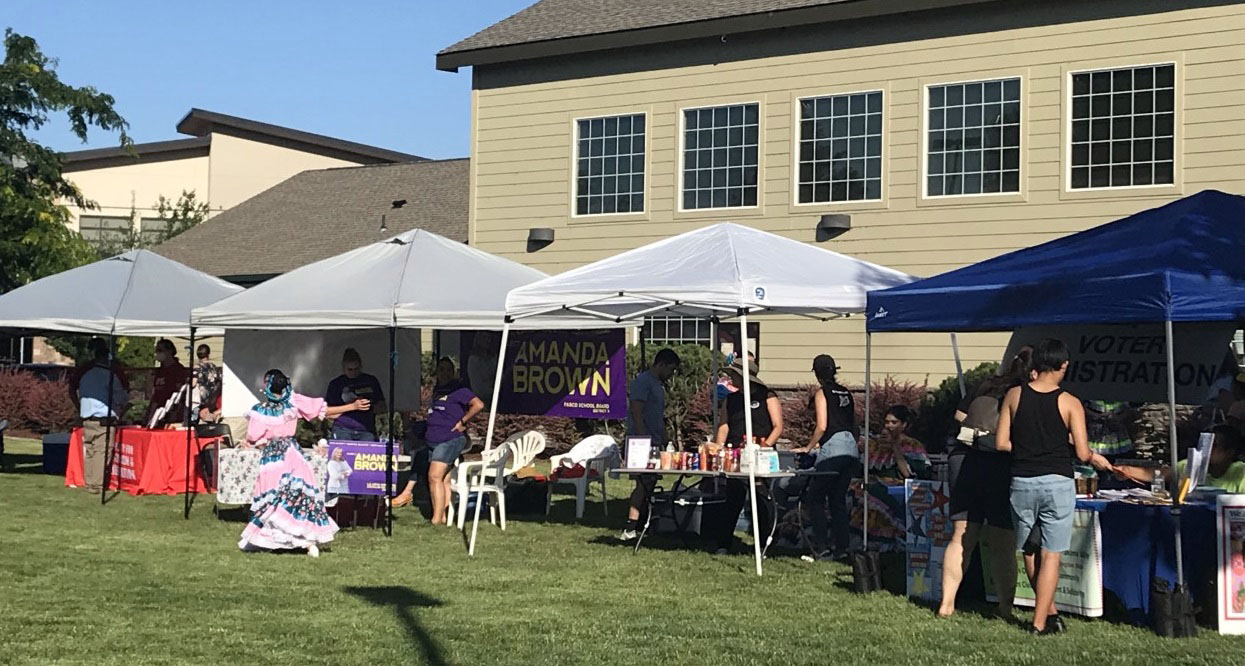
How small minority groups struggle to get representation
Listen
(Runtime 3:57)
Read
EDITOR’S NOTE: This is the Part 2 a two-part series connecting historical segregation policies to how minority groups struggle to get political representation today.
Past segregation policies in the Tri-Cities have had some influence on how minority communities now are fighting for representation in local government.
According to East Benton County Museum members, Kennewick has never elected a person of color to its city council. And there has never been an elected official of color on the Benton or Franklin County Commissions.
In both Benton and Franklin counties, Asian Pacific Islander Americans’ representation has neither been evident nor abundant.
And in the City of Pasco, the first African American council members were Art Fletcher and Katie Barton in the late 1960s and early 1970s, when African Americans were the largest minority in the city. Joe Jackson became the first Black Pasco mayor in the early 1980s.
But small minority groups have a more intricate path to get representation through voting, said Todd Donovan, a political science professor at Western Washington University.
“Appointments would probably be the only route. The standard election routes, even if it’s districts or at large voting, really aren’t going to make advantages for minority populations that are in the single digit numbers,” said Donovan.
Minority groups in the Tri-Cities have participated in positions other than city councils or county commissions.
Asian American Pacific Islander community members have served on city commissions or run for local boards in Richland.
Yichien Cooper, for instance, held a position as a city art commissioner between 2017-2021. And Rama Devagupta ran in 2019 for the Richland School Board. Devagupta received 45% of the votes, but Jill Oldson won the seat with 54% of the votes.
In Pasco, the recent appointment of Irving Brown Sr. opened the door to African American representation after 15 years.
Donovan said increasing the number of seats or looking for a more proportional model could be another way for minorities to get better representation.
“Portland just adopted this multi-member districting where there are three-member districts. You don’t need to get a majority or even a plurality; you can finish third place and get a seat. That would potentially advantage members of minority groups who are much smaller, but it’s tough,” said Donovan.
While elected officials’ diversity is not evident in all Tri-Cities governing bodies, the Pasco City Council is a distinct case. Its Hispanic, White, Muslim and African American council members better reflect the city’s demographics.
But the key to representation for minority communities is working together, said Paul Tabayoyon, community outreach coordinator at the Asian Pacific Islander Coalition of Yakima County.
“We try to reach out across organizations as a multicultural issue of voting so that they don’t realize that we’re only trying to focus on our Asian Pacific Islander community because then it kind of becomes a silo that you work in, and the greater community doesn’t get the benefit,” said Tabayoyon.
Donovan said research shows minorities become empowered when there is descriptive representation, which means being represented by someone who looks like them. People in those communities will be more engaged with their local government, he said.
Read more in Part 1 of the series, which explores how Jim Crow-era policies shaped the Tri-Cities.
















